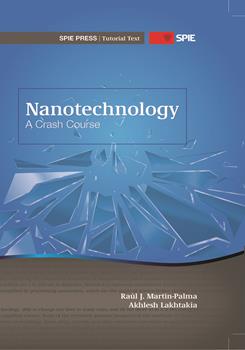|
The availability of new and improved methods for fabricating nanomaterials as well as the availability of new and improved tools for characterization and manipulation of nanomaterials (Chapter 5) have engendered an explosive growth of nanoscience and nanotechnology during the last decade. The fabrication of nanomaterials of tailored properties involves the control of size, shape, structure, composition, and purity of their constituents. Fabrication techniques for nanostructures can be broadly divided into two categories. Topdown approaches consist of the miniaturization or size reduction (by, e.g., etching or milling) of larger structures. Often, lithographic patterning to structure bulk materials at the nanoscale is involved. Bottom-up approaches are based on growth and self-assembly to build up nanostructures from atomic or molecular precursors. A major challenge is to create hybrid approaches and develop strategies to reliably fabricate complex material systems spanning all length scales from the molecular to the macroscopic. In fact, when developing a technique for fabricating nanostructures, the most important issue is the simultaneous control over dimensions, morphology, composition, and uniformity. Nanomaterials fabricated by different routes may have different internal structures that would affect their properties. The most common, as well as the most promising, techniques used for the fabrication of nanostructures at present are summarized in Table 4.1 and are succinctly described in the following sections. 4.1 Physical Vapor Deposition Physical vapor deposition (PVD) is a versatile method for preparing thin-film materials with structural control at the atomic or nanometer scale by carefully monitoring the processing parameters. PVD involves the generation of vapor phase species via evaporation, sputtering, or laser ablation. In thermal evaporation, atoms or clusters of atoms are removed from a crucible containing some bulk or powder material by heating the crucible either by passing a current through it or by directing a beam of electrons onto the bulk material in the crucible. The evaporation process takes place in an evacuated chamber. The vapor phase emanating from the source material condenses on a substrate, as shown in Fig. 4.1. |
|
|


